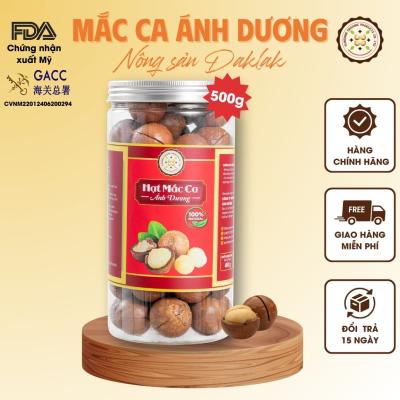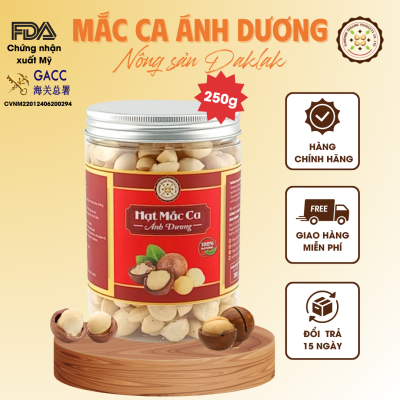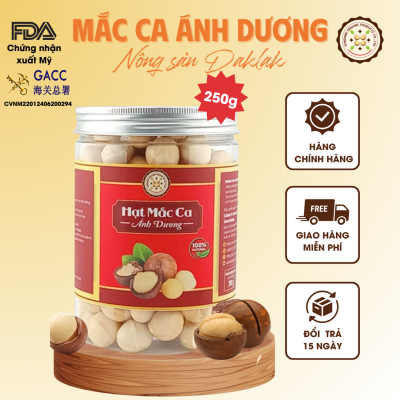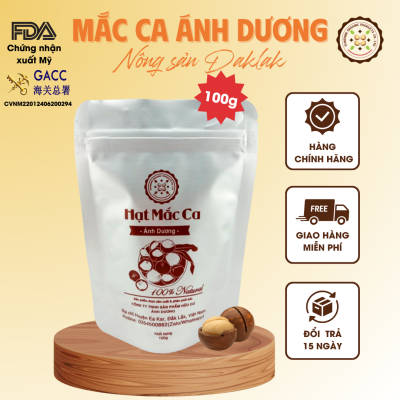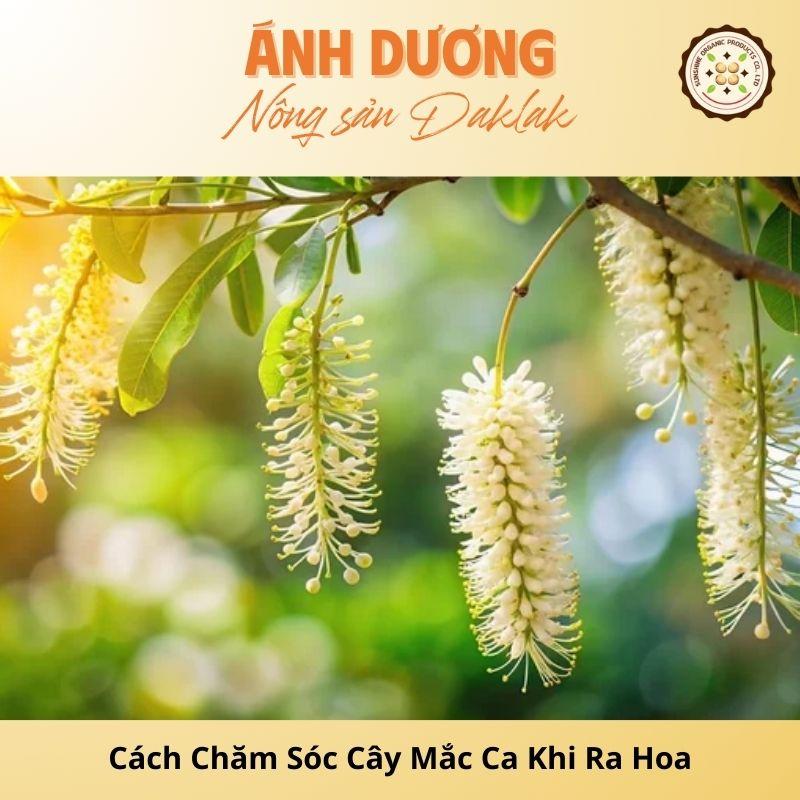Macadamia Plant Growing Techniques: Sharing Experiences from Experts
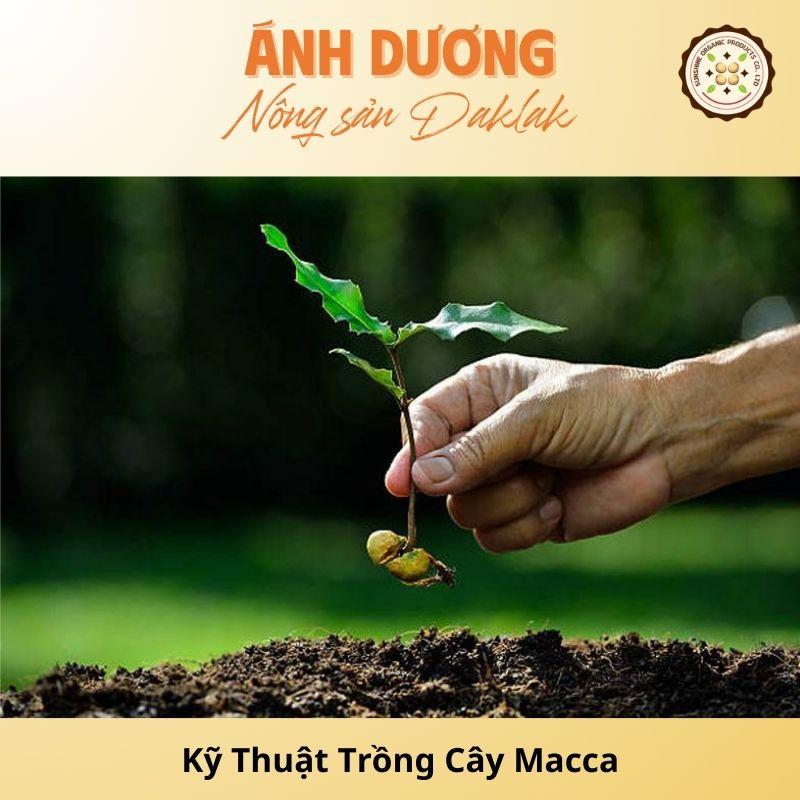
Macadamia trees not only bring high economic benefits but also contribute to protecting the environment and providing valuable nutrients for humans. However, to achieve the best results, you need to master the correct techniques for growing macadamia trees. In this article, let's join Sunshine Macadamia to learn in detail about macadamia plant growing techniques from choosing varieties, preparing soil to caring for and harvesting!
Conditions are suitable for growing macadamia trees
Climate and temperature
Macadamia trees grow best in areas with warm and temperate climates, with average temperatures ranging from 15-25 degrees Celsius. The tree can withstand high temperatures, but cannot withstand prolonged cold.
The average annual rainfall of 1,200-2,500 mm is most suitable. Macadamias cannot tolerate waterlogging, so good drainage is needed to avoid this situation.
Soil and pH
Soil for macadamia trees needs to have a pH level of 5.0 to 6.5 and must have good drainage. Sandy soil and basalt red soil are ideal choices for macadamia trees because they have good drainage and moisture retention.
Light and humidity
Macadamia trees need at least 6-8 hours of direct sunlight per day for good photosynthesis. The appropriate humidity for macadamia trees ranges from 60-70%.
Prepare soil for planting
Soil selection and treatment
Before planting macadamia trees, it is necessary to choose the appropriate soil type and conduct soil treatment. This includes cleaning weeds, loosening the soil and applying organic fertilizer to improve the soil. Make sure the soil is well-drained to avoid waterlogging and root rot.
How to fertilize and improve soil
Applying organic fertilizer is an important step in preparing soil for growing macadamia trees. Organic fertilizers help improve soil, increase nutrients and improve soil structure. You should fertilize 1-2 months before planting to ensure the soil has enough nutrients.
Choose a macadamia variety
Popular macadamia varieties
There are many popular macadamia varieties, including varieties such as mrg-20, h2, and a16. Each variety has its own characteristics in terms of yield, grain quality and resistance to pests.
How to choose varieties suitable for the growing area
When choosing macadamia varieties, it is necessary to consider the climate and soil conditions of the growing area to choose the appropriate variety. You should choose varieties with good growth and high disease resistance to ensure yield and grain quality.
Techniques for planting macadamia trees
Planting season
Macadamia planting season usually starts from spring to early summer. During this time, the climate is warm and the humidity is high, helping seedlings quickly grow and take root.
Planting distance and density
Macadamia trees need to be spaced about 6-7 meters apart within rows and 7-8 meters between rows. This distance helps plants have enough space to develop their root and leaf systems, while also reducing competition between plants. Appropriate planting density helps plants receive enough light and nutrients, while easily controlling pests.
Depending on planting density, the number of macadamia trees per hectare can be from 100 to 200 trees depending on the area and planting method. You can plant macadamia trees in single or double rows, depending on the scale and farming plan of each farmer.
In the case of intercropping macadamia trees with coffee, tea, etc., the intercropping density is about 100 trees/ha with a distance of 10x10m.
How to sow seeds and grow seedlings
Sowing macadamia seeds requires choosing quality seeds that are free from pests and diseases. After sowing, water regularly and cover to avoid direct sunlight. When the seedlings reach a height of 20-30 cm, they can be grown in the garden.
Caring for macadamia trees during the growing stage
Watering and nutrition
Macadamia trees need to be watered regularly, especially when the tree is young. In addition, it is necessary to fertilize periodically to provide enough nutrients for the plant. Npk fertilizer and organic fertilizer are good choices for macadamia trees.
Control weeds and pests
Weed and pest control is important to ensure healthy macadamia trees grow. Manual or chemical methods can be used to control weeds. For pests, safe and environmentally friendly pesticides should be used.
Prune and manage foliage
Regularly pruning branches helps macadamia trees breathe, enhance photosynthesis and reduce the risk of pests. You should prune dry branches, weak branches and diseased branches so that the tree can focus on nutrients to nourish healthy branches.
Techniques for harvesting macadamia trees
Harvest time
Macadamia trees usually begin to bear fruit 3-4 years after planting. The best time to harvest is when the macadamia nuts turn brown and are easily separated from the outer shell. Normally, the harvest time lasts from September to December.
Harvesting method
Macadamia can be harvested by hand or using specialized machinery. For small planting areas, hand harvesting helps ensure fruit quality. For large areas, using machines helps save time and effort.
Common problems when growing macadamia trees and solutions to overcome them
Soil nutrition problems
When the soil lacks nutrients, especially nitrogen, phosphorus, potassium and essential trace elements, macadamia leaves will turn yellow, pests or mold will appear on the leaves and fruits. Therefore, add organic fertilizers such as barnyard fertilizer, green fertilizer, and compost to improve soil structure and provide nutrients for plants. At the same time, use NPK fertilizer (nitrogen, phosphorus, potassium) to supplement necessary nutrients for plants.
Note that you must ensure that the soil pH is between 6.0 - 7.0 so that plants can absorb nutrients optimally.
Diseases and pests
Macadamia trees are susceptible to attacks by pests such as stem borers, mealybugs, and fungal diseases. It is necessary to regularly check and prevent pests to ensure healthy growth.
To control pests on macadamia trees, it is necessary to regularly inspect the garden and use safe and environmentally friendly pesticides. Additionally, pruning and managing foliage also helps reduce the risk of pests.
Climate and environmental issues
Climate change and unusual weather conditions can affect the growth of macadamia trees. Therefore, you need to pay attention to irrigation and plant protection in harsh climatic conditions.
Growing macadamia trees requires not only knowledge and technique but also dedication and patience. By applying the right techniques from seed selection, soil preparation, care and harvesting, you can achieve high yields and good seed quality. Hopefully this article has provided you with useful information about macadamia plant growing techniques. Good luck!
 中文 (中国)
中文 (中国)




